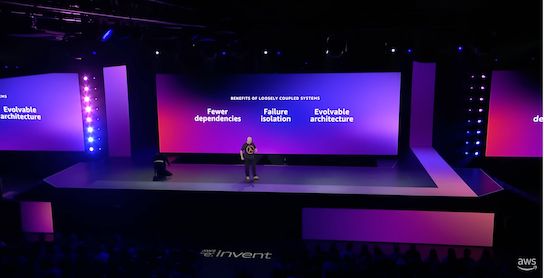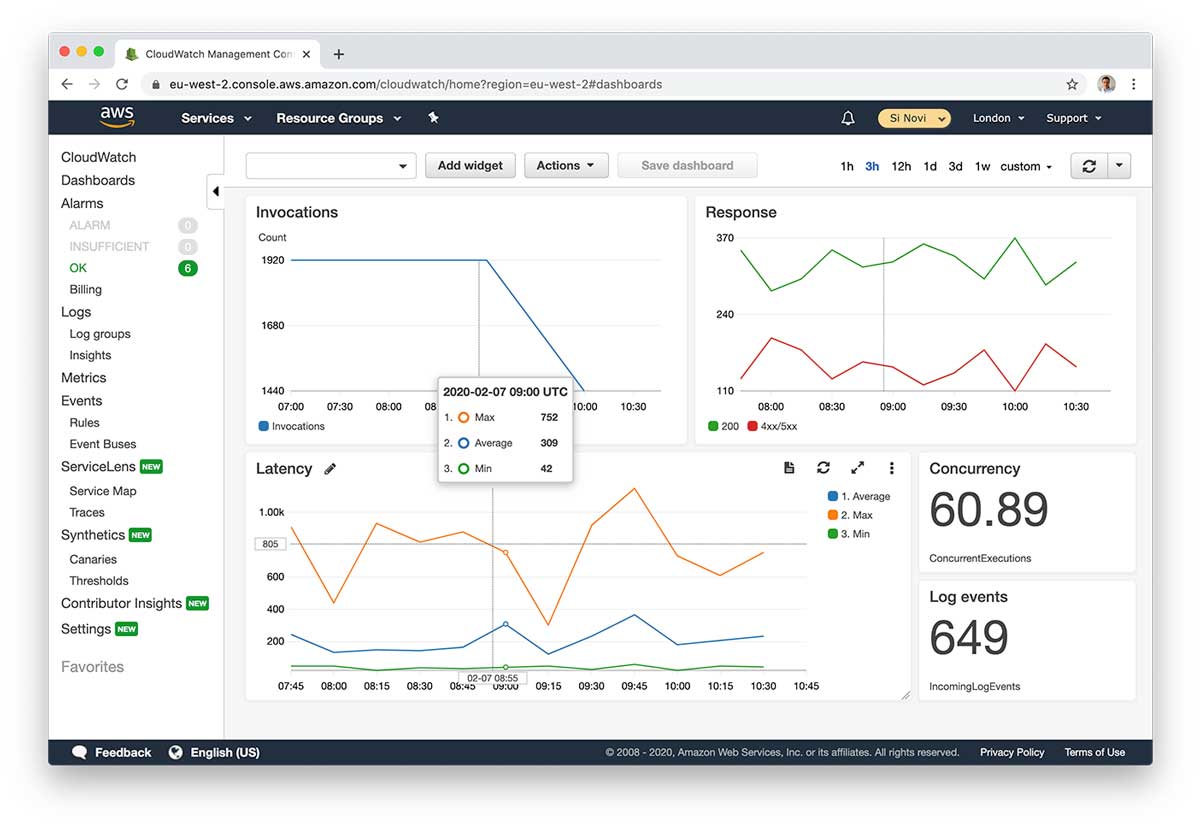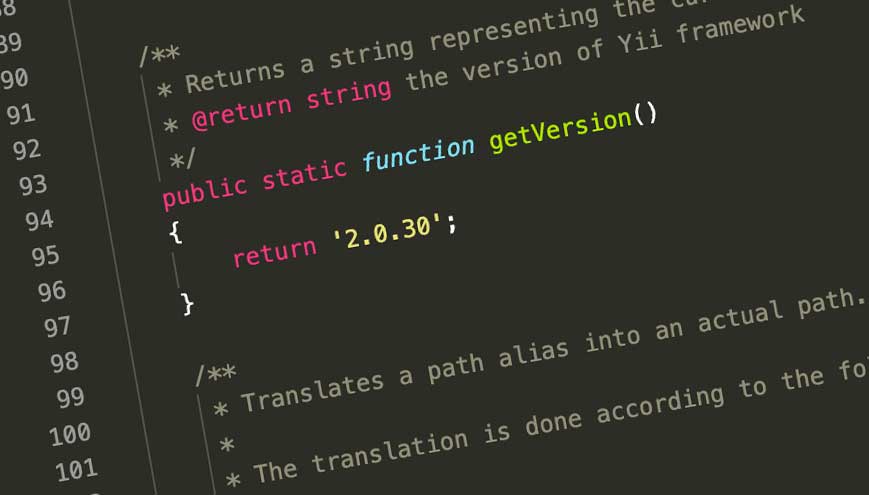Building secure and performant APIs; an introduction
In today's interconnected world, APIs (Application Programming Interfaces) are the backbone of modern software applications. They allow different systems to communicate with each other, enabling applications to share data and functionalities seamlessly.
Whether you're building a simple app or a large-scale enterprise system, developing secure and performant APIs is crucial for success.
In this article, we will explore the foundations of APIs, delve into custom API creation, discuss how to consume them effectively, and examine best practices for security and performance optimisation.
What is an API?
An Application Programming Interface (API) is an interface or communication protocol between two systems. API's make it possible for systems to communicate with each other, using a defined language and rules for requests and responses.
- Web APIs (HTTP-based): The most common form, often used for web services like REST (Representational State Transfer) and GraphQL.
- Library APIs: These APIs allow one application to call functions or classes from another software library.
- Operating System APIs: Expose the functionalities of an OS to software applications (e.g., Windows API, POSIX API).
Modern web and mobile applications rely heavily on web APIs, with RESTful APIs being the industry standard due to their simplicity and scalability.
REST APIs vs GraphQL APIs
- REST follows a resource-based approach and typically operates using standard HTTP methods (GET, POST, PUT, DELETE) for operations on resources.
- GraphQL, on the other hand, allows clients to query for exactly the data they need, making it more flexible, though often more complex to implement.
Modern web applications make extensive use of APIs to communicate to and from servers into client applications.
For businesses, building APIs into your web-based systems opens up opportunities for integration, data transfer, Digital Transformation and reporting and analysis.
At Si Novi we have extensive experience in both building bespoke APIs and consuming existing APIs, in many data formats such as JSON, HTML or XML.
Creating custom APIs
Custom APIs are developed when businesses need to expose their internal services or data to other applications, whether internally or externally. Creating your own API enables flexibility, allowing you to automate processes, improve customer experiences, and develop new products.
At Si Novi we design and build bespoke APIs for businesses, typically using back-end technologies like PHP, Node.js and MySQL. APIs can also be created using serverless technologies such as AWS Lambda, and using other AWS Services such as API Gateway, CloudFront and Cognito can bring powerful features such as performance, caching and authentication.
Key steps in creating an API:
- Define What You Need the API to Do - Start by outlining the specific functionality your API will provide. For example, an e-commerce platform might need an API to manage product listings, inventory levels, and customer orders.
- Choose the Right Structure - The most common type of API is a REST API (Representational State Transfer), which uses simple web technologies (like HTTP) to allow different systems to communicate. It's flexible, scalable, and widely used.
- Ensure Consistency and Versioning - APIs should be structured logically, with
clear endpoints for each feature (e.g.,
/orders,/products). Versioning ensures that when updates are made, older versions still work for those relying on them. - Document Your API - Clear documentation is key. It helps developers who will use your API understand how it works, what data it requires, and how to integrate it into their systems. Tools like Swagger can help generate user-friendly API documentation.
Consuming APIs
We are often tasked with consuming data from existing APIs, which may be providing data in JSON, XML or other data structures.
Consuming an API simply means using another business's API to integrate external services into your operations. Many companies rely on third-party APIs to enhance their offerings, connect to cloud services, or tap into critical data sources.
We're experienced at building on top of existing PHP and JavaScript software to consume API data and bring external data into your application.
Typical use cases in this scenario are:
- Using an external service to enhance your SaaS platform or web application offering
- Aggregation of data feeds into a database, data lake or statistical dashboards
- Monitoring of external systems with event triggers and alarms
- Digital Transformation projects focused on removing duplication of data; allowing several systems use the data from a central source
Securing APIs
APIs handle sensitive business data, so securing them is essential. A weak API can be an entry point for hackers, putting your business and customer data at risk. Ensuring your API is secure is vital for protecting your brand and maintaining trust.
API security measures include:
- Use HTTPS - Encrypt communication between your API and external systems by always using HTTPS. This protects data from being intercepted.
- Require Authentication - Ensure that only authorised users or systems can access your API by implementing security protocols like API keys, OAuth, or JSON Web Tokens (JWT).
- Limit Access and Monitor Activity - Not every part of your API should be accessible to everyone. Control who can do what, and monitor usage to identify any suspicious activity early.
- Implement Rate Limiting - To avoid overloading your systems or abuse, you can limit the number of API requests a user or system can make over a set time period.
Optimising API Performance
For businesses, an API that runs slowly or isn't reliable can negatively impact operations. Whether you're managing customer data, inventory, or orders, the performance of your API directly affects your user experience and efficiency.
Here are some ways to improve API performance:
- Reduce Payload Sizes - Avoid sending unnecessary data. For example, if you're querying a customer database, you don't need to return every field—just the relevant data.
- Implement Caching - Caching stores responses for commonly requested data so that future requests can be served faster, without needing to retrieve the same information repeatedly.
- Use Content Delivery Networks (CDNs) - If your API delivers large or static files (like images), CDNs can distribute this content more efficiently, improving load times for users across different regions.
- Optimise Database Queries - Ensure that the data your API pulls is retrieved efficiently. Poorly optimised queries can slow down response times and create bottlenecks in your system.
The Business Value of APIs
APIs are more than just a technical solution—they are a strategic asset for modern businesses. By enabling different systems to communicate efficiently, APIs allow companies to innovate faster, reduce operational costs, and improve customer experiences.
- Expand Services: With APIs, you can easily integrate new services or third-party tools into your existing business framework. This can help you grow your product offerings or streamline internal processes.
- Boost Productivity: Automating manual tasks through API integrations reduces time spent on routine operations, freeing up your team to focus on strategic initiatives.
- Improve Customer Experience: APIs enable real-time data sharing, which can enhance customer service (e.g., live order tracking or personalised experiences).
Conclusion
APIs are the foundation of modern digital business infrastructure. Whether you are developing your own API or leveraging external ones, ensuring security, performance, and scalability should be top priorities. By understanding the role of APIs and how they can drive efficiency and innovation, decision-makers can better position their businesses for success in a competitive landscape.






